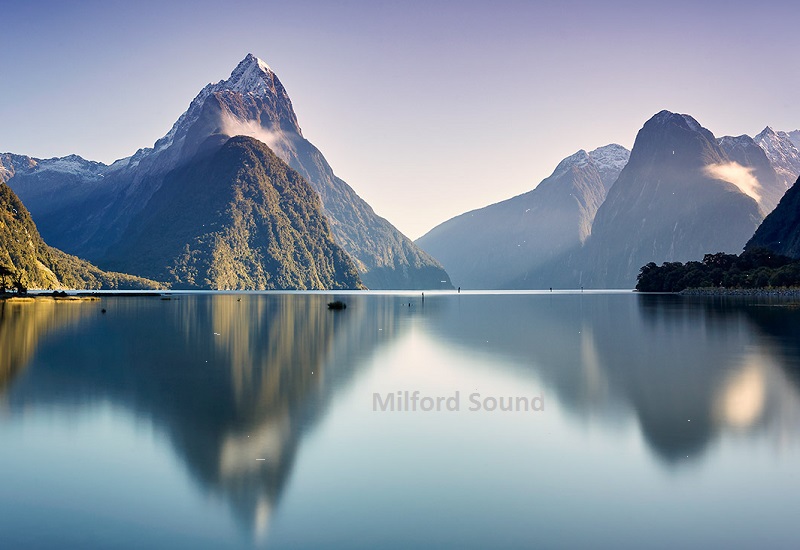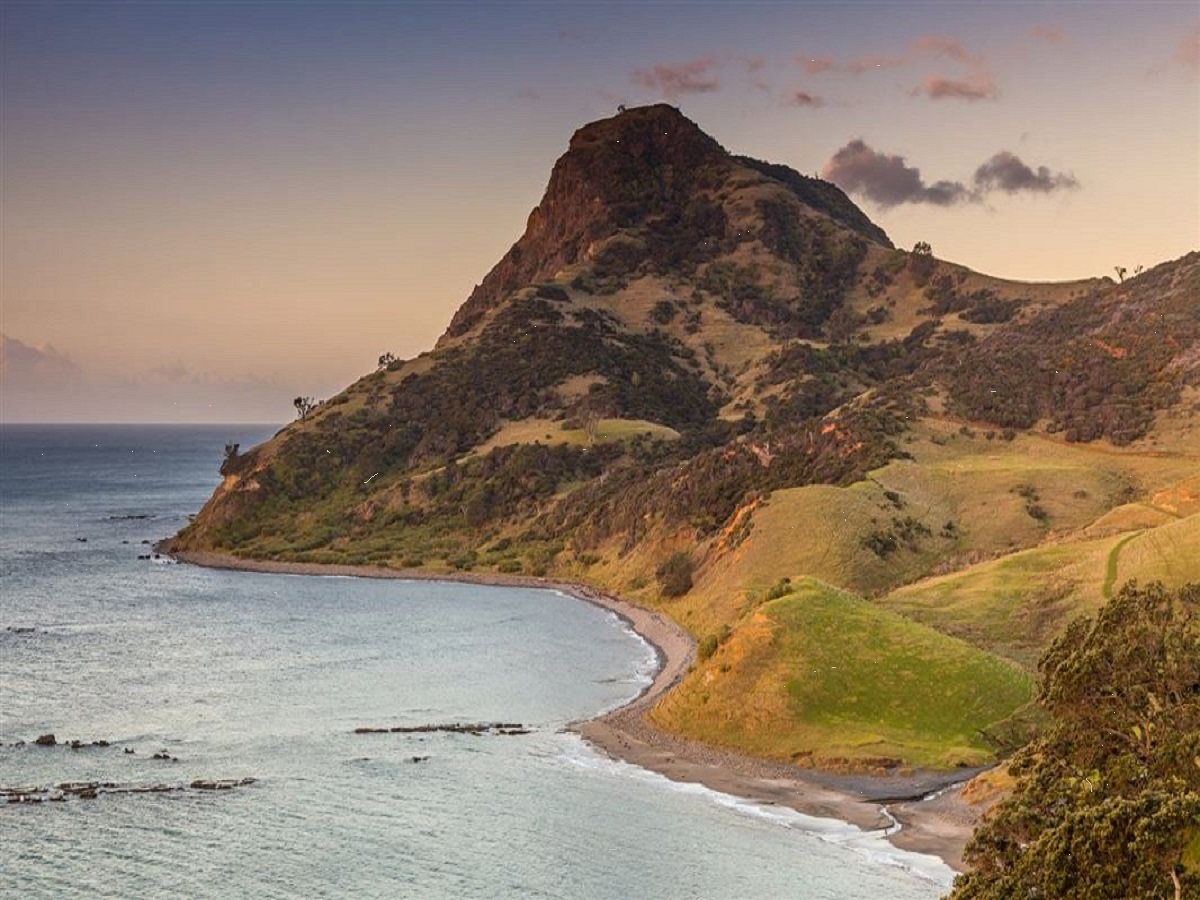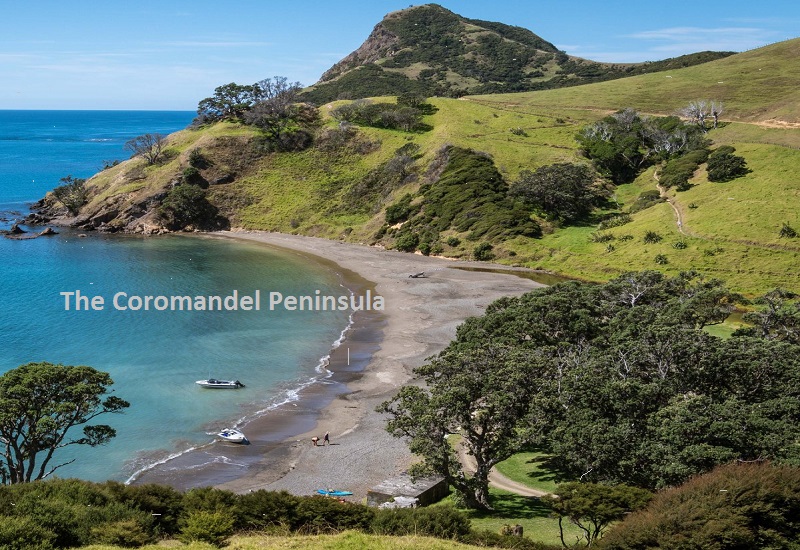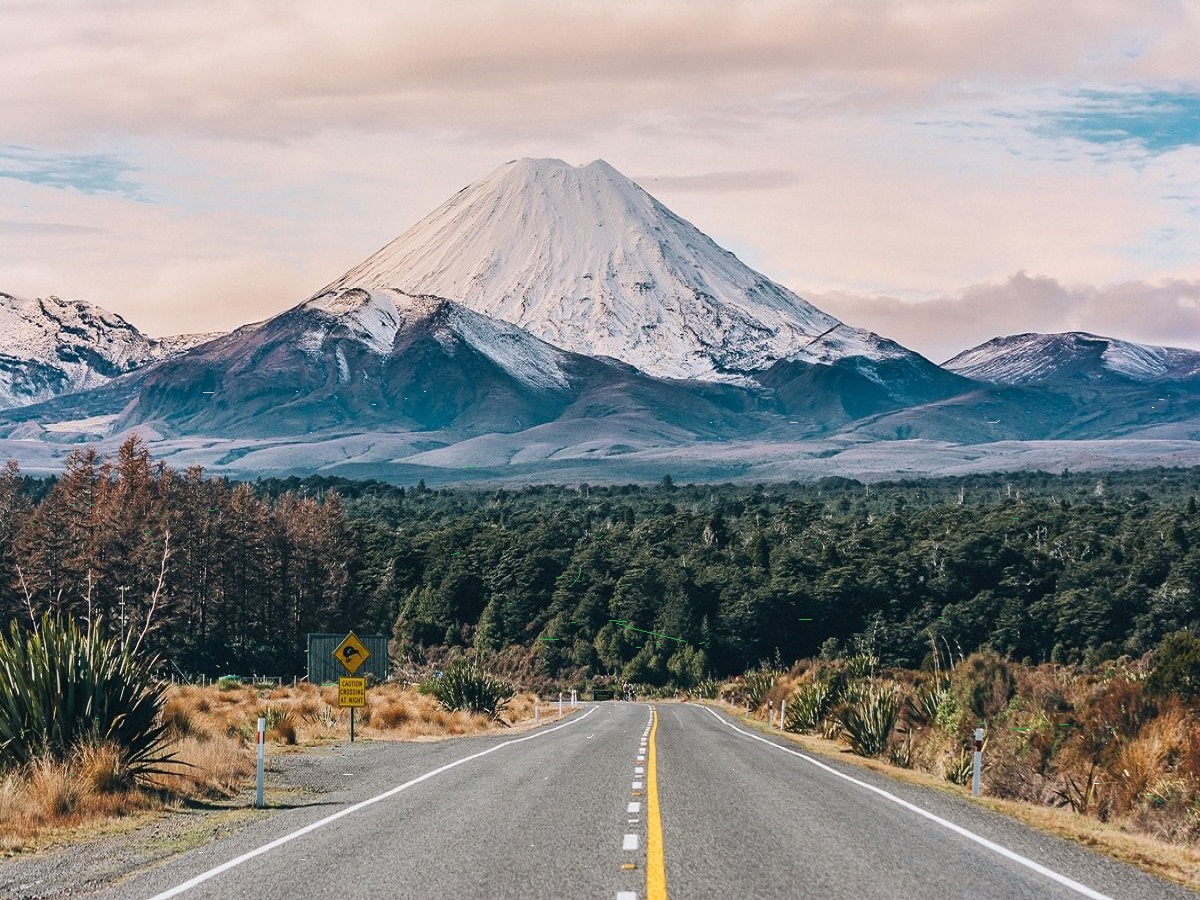Milford Sound is one of New Zealand’s most iconic natural wonders, renowned for its breathtaking landscapes, towering peaks, and serene waters. Situated in the southwestern part of New Zealand’s South Island, it is a part of the Fiordland National Park and is often described as the “eighth wonder of the world.” This article delves into the depths of Milford Sound, exploring its geological features, history, and the diverse ecosystems that thrive within its waters.
The Depth of Milford Sound
Milford Sound is a fjord, a long and narrow inlet with steep sides or cliffs, created by glacial activity. It extends over 15 kilometers (about 9 miles) from the Tasman Sea into the heart of the Fiordland National Park. The waters of Milford Sound are quite deep, reaching depths of up to 330 meters (1,082 feet). This depth contributes to its unique marine environment and supports a wide range of aquatic life.
Geological Formation
Milford Sound was carved by glaciers during the last ice age, approximately 10,000 years ago. As the glaciers advanced, they gouged out deep valleys and created steep cliffs, leaving behind the spectacular fjord we see today. The depth of the fjord is a result of this glacial activity, combined with the erosion caused by the constant flow of water from rivers and the sea.
Comparison to Other Fjords
Milford Sound is one of the deepest fjords in New Zealand, but it is not the deepest. Nearby Doubtful Sound, another fjord in Fiordland National Park, reaches depths of around 420 meters (1,378 feet). Despite this, Milford Sound remains the most famous and accessible fjord, attracting hundreds of thousands of visitors each year.
Marine Life in Milford Sound
The depth of Milford Sound plays a crucial role in its rich marine biodiversity. The combination of deep waters, nutrient-rich currents, and unique environmental conditions creates a habitat for a diverse array of marine species.
Unique Ecosystem
Milford Sound is known for its unique underwater ecosystem, which is partly due to the presence of a layer of fresh water sitting above the denser salt water. This fresh water comes from the abundant rainfall in the region, which averages about 6,813 millimeters (268 inches) annually. This freshwater layer, stained with tannins from the surrounding forests, creates a dark environment that mimics deep ocean conditions, allowing deep-sea species to thrive at relatively shallow depths.
Marine Species
The waters of Milford Sound are home to various marine species, including black coral, red coral, and other deep-sea invertebrates. Visitors to the fjord can often spot bottlenose dolphins, fur seals, and occasionally penguins. The dark waters also support a range of fish species, making it a vibrant and dynamic ecosystem.
Milford Sound’s Scenic Beauty
Beyond its depth and marine life, Milford Sound is renowned for its breathtaking scenery. The fjord is surrounded by towering peaks, lush rainforests, and cascading waterfalls, creating a landscape that captivates visitors from around the world.
Iconic Landmarks
- Mitre Peak: Standing at 1,692 meters (5,551 feet), Mitre Peak is one of the most photographed landmarks in Milford Sound. Its distinctive shape and towering presence make it an iconic symbol of the fjord.
- Stirling Falls and Bowen Falls: These two major waterfalls are among the many that adorn the cliffs of Milford Sound. Stirling Falls drops 151 meters (495 feet) directly into the fjord, while Bowen Falls cascades down 162 meters (531 feet). The waterfalls are especially spectacular after heavy rainfall when they are at their most powerful.
- The Chasm: Located along the Milford Sound Highway, The Chasm is a short walk that offers views of powerful waterfalls and rock formations sculpted by the Cleddau River.
Exploring Milford Sound
Visitors to Milford Sound can explore its depths and landscapes through various activities and tours.
Boat Cruises
Boat cruises are a popular way to experience the beauty of Milford Sound. These tours take visitors through the fjord, offering close-up views of waterfalls, wildlife, and the stunning cliffs. Some cruises also include underwater observatories, allowing visitors to see the unique marine life that thrives in the dark waters.
Kayaking
For a more immersive experience, kayaking tours offer an intimate way to explore Milford Sound’s waters. Paddlers can navigate through the fjord at their own pace, getting up close to the scenery and wildlife.
Scenic Flights
Scenic flights provide a bird’s-eye view of Milford Sound and the surrounding Fiordland National Park. These flights offer breathtaking aerial perspectives of the fjord, its peaks, and its vast landscapes.
The Climate and Weather of Milford Sound
Milford Sound is known for its temperate rainforest climate, characterized by high rainfall and cool temperatures. The weather plays a significant role in shaping the landscape and influencing the conditions within the fjord.
Rainfall
Milford Sound receives an average of 200 rainy days each year, contributing to its lush vegetation and abundant waterfalls. The heavy rainfall ensures that the fjord remains verdant and vibrant, with the waterfalls often appearing more dramatic after a downpour.
Seasonal Variations
The weather in Milford Sound can be unpredictable, with conditions changing rapidly. Summers (December to February) are generally mild, with temperatures ranging from 10°C to 18°C (50°F to 64°F). Winters (June to August) can be colder, with temperatures ranging from 2°C to 9°C (36°F to 48°F), and snowfall is common in the surrounding mountains.
Cultural and Historical Significance
Milford Sound holds cultural and historical significance for both Māori and European settlers. It has been a site of natural beauty and inspiration for centuries.
Māori Heritage
For the Māori, Milford Sound is known as Piopiotahi, and it holds great cultural importance. According to Māori legend, the fiord was carved by Tu-te-raki-whanoa, a godly figure who sculpted the landscape with his adze.
European Discovery
European explorer Captain John Grono is credited with discovering Milford Sound in the early 19th century, naming it after Milford Haven in Wales. The fjord soon became a popular destination for settlers and tourists, drawn by its stunning scenery and natural wonders.
Conservation and Preservation
As a part of Fiordland National Park and the Te Wahipounamu UNESCO World Heritage Site, Milford Sound is protected and preserved for its ecological and cultural value. Efforts are made to conserve the area’s unique ecosystems, ensuring that the natural beauty and biodiversity of Milford Sound are maintained for future generations.
Sustainable Tourism
Sustainable tourism practices are encouraged to minimize the impact of visitors on the delicate environment of Milford Sound. Tour operators promote responsible travel, and efforts are made to protect the flora and fauna that inhabit the region.
Conclusion
Milford Sound, with its deep waters, stunning landscapes, and rich biodiversity, is a natural treasure that captivates visitors with its beauty and majesty. The fjord’s depth and unique environment make it a haven for marine life, while its iconic landmarks and scenic vistas offer unforgettable experiences for travelers. Whether explored by boat, kayak, or scenic flight, Milford Sound remains a testament to the power and wonder of nature, drawing adventurers and nature enthusiasts from around the world.





Leave a Reply